Discover: Listen and Learn
Listening Adventures
Go on an adventure! Music can take you to wonderful places, whether you're traveling to a concert, going to a museum, or just sitting in your room. Music can paint colorful pictures in your mind - of a beautiful lake, a bubbling fountain, a big city.....the possibilities are endless! By learning to hear what music is telling you, you can close your eyes and go anywhere in the world!
#1
Compare and contrast the styles of these two French composers

Jeaux d'eau
by Maurice Ravel
This piece is about fountains and water play. Listen for dancing waters and water drops sparkling in the sun

Gymnopédie No. 1
by Erik Satie
This lovely, calm and serene piece is very different from Ravel's fountain. What do you hear? What does it make you think of?
#2
Compare and contrast these two beautiful romantic and impressionistic pieces.
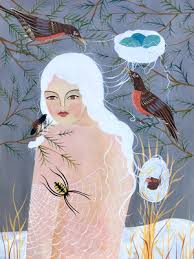
The Maiden & the Nightingale
by Enrique Granados
This is a romantic era piece inspired by paintings by Goya. Listen to the beautiful, flowing melodies and see if you can hear the Nightingale singing at the end (trills in RH).

The Fountain of Acqua Paola
by Charles Griffes
This piece was written by an American impressionist composer after he had visited this fountain in Rome. Listen to the joyous way in which he describes the water.
#3
Compare and contrast these two jazz-influenced pieces.
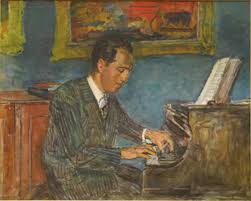
Three Preludes for Piano
by George Gershwin
George Gershwin (1898-1937) was an American composer who was inspired by jazz in his music. These 3 short pieces have jazzy elements in them - the second is a bluesy lullaby. Three very colorful pieces!

Etude Op. 40, No. 7
by Nikolai Kapustin
Nikolai Kapustin (1937-2020) was a Russian composer who was also influenced heavily by jazz in his music. Compare this Etude with the Gershwin Preludes. Listen to how each composer has his own unique style.
#4
Compare and contrast these two Baroque composers.
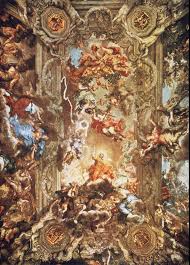
Sonata K. 427
by Domenico Scarlatti
Scarlatti (1685-1757) was an Italian Baroque composer who composed music for keyboard around the time the piano was invented. His music was influenced by Spanish guitar. Listen for fast and repetitive notes that mimic the guitar.

Prelude BWV 846
by Johann Sebastien Bach
J.S. Bach (1685-1750) is probably the most famous Baroque composer of all time. He worked as a church musician much of his life. This lovely Prelude is one of his most beautiful and famous works. You may want to play it one day!
#5
Compare and contrast these two charming pieces that depict characters and tell stories.

Pantalon Op. 25, No. 3
by Amy Beach
Amy Beach was an American composer who lived 1867-1944. This piece is from a collection of six easy pieces for children and depicts a clown trying to walk with his silly long pants!

Empress of the Pagodas
(Mother Goose Suite #3)
by Maurice Ravel
Here is another piece by Ravel. This is a piano duet played by two people. Watch how the video uses the music to tell the story of the Empress.
#6
Compare and contrast these two beautiful pieces, often arranged for piano solo.

The Swan
by Camille Saint-Saëns
Camille Saint-Saëns was a French composer who lived during the romantic era. This is a beautiful cello solo from Carnival of the Animals, one of his most famous works.

Morning Mood
(Peer Gynt Suite)
by Edvard Grieg
Grieg is another romantic-era composer. "Morning Mood" is an incredibly beautiful piece. As you listen, think of the majesty of a sunrise, and see if you can hear the sun coming up!
#7
Listen to and compare these two famous piano works about the moon.

Moonlight Sonata Op. 27, No. 2
by Ludwig van Beethoven
Beethoven was one of the most famous composers of all time. Listen to the first movement of his Moonlight Sonata. It was compared to the moon rising over Lake Lucerne. What do you hear?
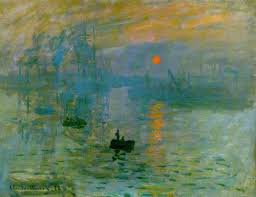
Clair de lune
by Claude Debussy
Debussy was an impressionistic composer like Ravel. This song is also about the moon. Listen to the lovely, flowing harmonies and think about how this style differs from the Beethoven.
#8
Compare this piece arranged in contrasting styles.

March
(The Nutcracker Suite)
by Pyotr Ilych Tchaikovsky
Tchaikovsky was a Russian composer and pianist who wrote the famous Nutcracker Ballet. Here is the famous March from the suite. Listen to how the orchestra depicts the marching soldiers.

March
(The Nutcracker Suite)
arr. by Duke Ellington
Duke Ellington was a famous American jazz pianist, composer and bandleader. He arranged Tchaikovsky's Nutcracker Suite in jazz style! Listen to how his version differs from the original. Which do you like better?
#9
Listen to this famous piece played two different ways

Hungarian Dance No. 5
by Johannes Brahms
Brahms was a German composer and pianist who wrote many famous works. Here is one of his most famous pieces arranged for four hands.

Hungarian Dance No. 5
by Johannes Brahms
Here is the Hungarian Dance played by an orchestra. Which do you like better?
#10
Carnival of the Animals

Aquarium from Carnival of the Animals
by Camille Saint-Saëns
This suite for two pianos and small orchestra was one of Saint-Saëns' most famous and most loved. See if you can imagine an aquarium with fish and sea creatures swimming about!

Aviary from Carnival of the Animals
by Camille Saint-Saëns
This lovely piece is all about birds. Listen for the flute trills - can you hear the birds chirping and flying? Listen for the piano also!
#11
Felix Mendelssohn

Spring Song from Song Without Words, Op. 62, No. 6
by Felix Mendelssohn
Felix Mendelssohn was a romantic-era composer who wrote music for piano, orchestra, and many other instruments. His sister, Fanny, was also a talented composer and perhaps even better than Felix! Here are two of his most famous and loved works.

Wedding March from Midsummer Night's Dream
by Felix Mendelssohn
This is a very famous piece, do you recognize it? Where have you heard it before?
#12
Sergei Rachmaninoff

Prelude in C# Minor
by Sergei Rachmaninoff
Rachmaninoff was a Russian composer, virtuoso pianist, and conductor of the late Romantic period. His works are beautiful and difficult! This is one of his most famous piano works. It is about a dream he had one night.

Rhapsody on a Theme of Paganini, Variation 18
by Sergei Rachmaninoff
This is a variation from one of his most beautiful works for piano and orchestra. Do you like it? What do you think of when you hear it?
#13
Contrasting Styles:
French & Spanish
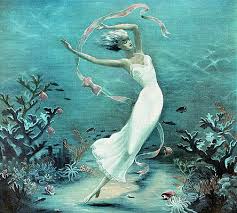
Gaspard de la Nuit: Ondine
by Maurice Ravel
Here is another beautiful piece by the French impressionist composer Maurice Ravel. It is about a dream of a water nymph who tries to lure observers to her kingdom at the bottom of a lake. Listen to the cascading waterfalls and the beautiful, flowing arpeggios. This piece is incredibly difficult to play!
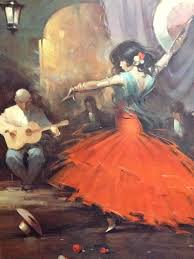
Seguidillas
by Isaac Albeniz
Isaac Albeniz was a Spanish composer who wrote lovely pieces in the style of his country. This piece is a type of song and dance that alternates sung verses with guitar interludes. Listen to how the piano imitates the guitar, and the lovely, singing melodies.
#14
Fireworks!
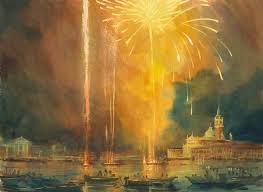
Feux d'artifice (Fireworks)
by Claude Debussy
This is another lovely impressionist piece by the French composer Claude Debussy. This piece is named "Fireworks" - can you hear them? Listen for the "darts" of sound that jump around the keyboard. Do you think they sound like fireworks?

Stars & Stripes Forever
arr. by Vladimir Horowitz
One of the most famous patriotic songs in the U.S., this is a bright and showy piece arranged for piano by one of the great pianists - Vladimir Horowitz. Horowitz had large hands and could easily play all of the fast octaves in this piece. It's very difficult, and meant to showcase virtuosic pianists!
#15
Contemporary Styles:
Bartok & Tanaka

Sonata Sz. 80, No. 3 - Allegro molto
by Bela Bartok
Bartok was a Hungarian composer who wrote many pieces based on folk songs. He lived from 1881-1945, and his music is more contemporary sounding. His style is percussive and very rhythmic. Listen to this exciting movement from one of his sonatas.

Techno Etudes II
by Karen Tanaka
Karen Tanaka is a living classical composer who is influenced by contemporary styles. This piece is inspired by hip-hop! Listen to the driving rhythm and energy of the music. Do you like it?
#16
Contemporary Styles:
Pärt & Holst

Für Alina
by Arvo Pärt
Arvo Pä is another living composer from Estonia who has a minimalist style and is inspired by Gregorian chant. This piece is very simple, but lovely and introspective.

Mars, Bringer of War from
The Planets
by Gustav Holst
Gustav Holst (1874-1934) was an English composer whose most famous work is an orchestra work called The Planets. This piece is the first of seven movements. It is said that this piece was the inspiration for the Star Wars soundtrack! Does it sound familiar?
#17
Contrasting Styles:
Liszt & Reich
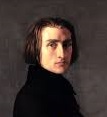
Hungarian Rhapsody No. 2
by Franz Liszt
Even though he lived long ago, Franz Liszt is still considered to be the greatest pianist of all time. Not only was he a skilled composer, but his technical skills at the keyboard were unparalleled. He stretched the limits of the modern day piano, and his difficult and virtuosic pieces are still being played to this day. This is one of his famous rhapsodies. It is very exciting to listen to!

Piano Phase
by Steven Reich
Steven Reich is a living American composer who is considered a minimalist. He uses many repeating patterns. This piece has a pattern that repeats over and over throughout the piece. It takes two pianos, and each player has to "phase" in and out with the other. It is a very unique and unusual piece.
#18
Contrasting Styles:
Couperin & de Falla
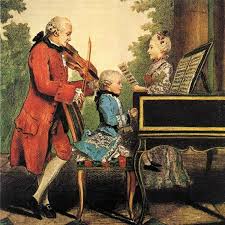
Le tic tok choc
by Francois Couperin
Couperin was a French composer who lived before the piano was invented. This piece was composed for a harpsichord, an instrument that came before the piano. It is thought to be inspired by a clock and the tick-tock motion. Do you hear it? Do you think it sounds like a clock?
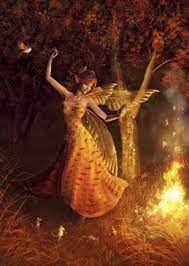
Fire Dance
by Manuel de Falla
This piece was written in 1915 by the Spanish composer Manuel de Falla. It is part of a ballet and originally for orchestra. This piece is played by one of the great pianists - Artur Rubinstein. It is very showy, virtuosic and exciting!
#19
Contrasting Christmas Styles:
Brubeck & Messiaen

Winter Wonderland
arr. by Dave Brubeck
Dave Brubeck (1920-2012) was a great American jazz pianist and composer. This piece is cheerful, quick and uses many jazz techniques. Listen for melodic solos and playful rhythms.

Nöel
by Oliver Messiaen (1908-1992)
This modern classical piece begins with "bells" ringing and is described as "happy and joyous." It sounds very different than what we would expect! Does it sound joyous to you? How would you describe this piece?
#20
Contrasting Styles:
Mozart & Scriabin

Sonata in C Major, K.330: I
by W.A. Mozart (1756-1791)
A lovely, light and uplifting classical piece played by renowned pianist, Vladimir Horowitz.
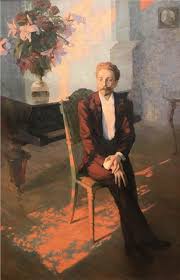
Etude in D# minor
by Scriabin (1871-1915)
This piece is very different than the Mozart! Listen to the dramatic quality, large intervals and octaves. The composer, Scriabin, was noted for synesthesia, or associating color with sound. What colors do you hear?
#21
Barber Excursions

I: Un poco allegro
by Samuel Barber (1910-1981)
Excursions is a set of 4 pieces written by Samuel Barber, who was an American composer. He used American styles like boogie-woogie, blues and jazz, combined with classical forms. This one has a lot of motion and sounds to me like a train traveling across the American landscape. Do you hear it?

III: Allegretto
by Samuel Barber
This lovely movement is said to be based on a folk tune, "The Streets of Laredo." It is imaginative and free. What do you hear?
#22
Contrasting Styles
Danzas Argentinas
by Alberto Ginastera (1916-1983)
Ginastera was a Argentinian composer, who wrote this charming set of 3 dances in 1937. Listen for the distinctive melodies and rhythms, which are based on folk music from Argentina.
Prelude in G# minor
by Sergei Rachmaninoff (1873-1943)
This is a beautiful, late romantic work written in 1910. Listen for the lovely left hand melody and the shimmering right hand accompaniment.
#23
Beautiful Melodies from Composers born in May
Pavane
by Gabriel Faure (1845-1924)
Faure was a French composer who influenced many 20th century composers. This is one of his most famous works, and is arranged here as a piano duet. Listen for the beautiful melody!
Tango
by Isaac Albeniz (1860-1909)
Albeniz was a Spanish composer, and the Spanish influence can be heard in this slow, romantic piece. Again, listen for the beautiful melody!
#24
Songs of Summer
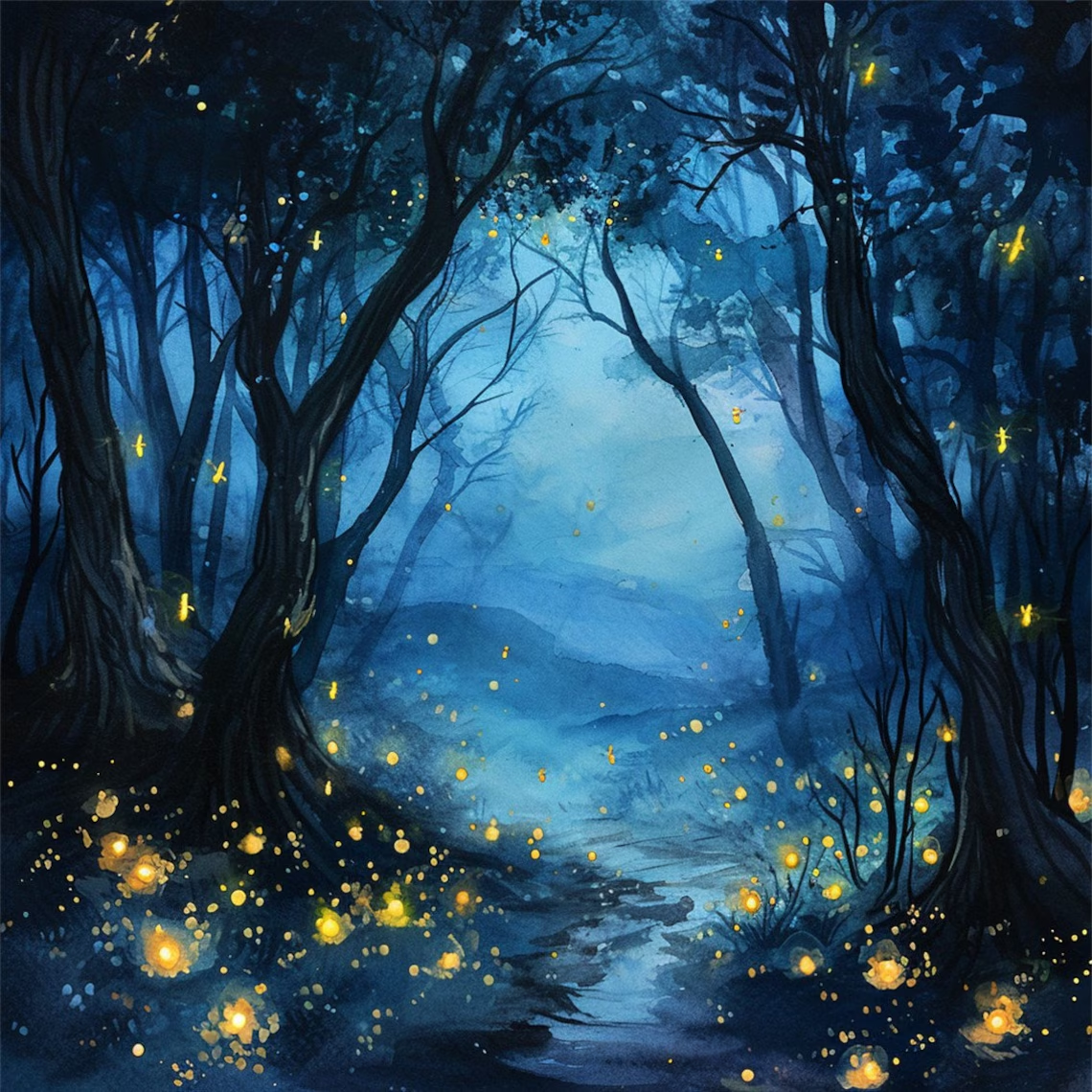
Fireflies
by Amy Beach (1867-1944)
Amy Beach was an American composer and pianist. This piece describes the life of a Friefly. Listen for the quick melody, the flitting of the fireflies and the quiet ending.
June
by Pyotr Ilych Tchaikovsky (1840-1893)
Tchaikovsky was a very famous Russian composer in the Romantic era. This piece, June, is a barcarolle, or boat song. Listen for the rocking of the boat and the mysterious, minor key.
#25
Composers born in September
Three Fantastic Dances
by Dmitri Shostakovich (1906-1975)
These short, light and fanciful pieces were written when the composer was 16! How would you describe them?
Humoresque
by Antonin Dvorak (1841-1904)
Dvorak is best known for composing the New World Symphony. This is his most famous piece written for piano. How is it different from the Fantastic Dances?
#26
Spooky Sounds
Goblin's Dance
by Antonin Dvorak (1841-1904)
Goblin's dance and play in this energetic piece. How does it sound to you? Do you think it sounds like goblins?
Gargoyles I: Presto
by Lowell Liebermann (1961- )
This piece, by a living composer, describes gargoyles with wit and humor. With 'demonic' galloping rhythms and lots of textures - does this sound like a gargoyle to you?
#27
Winter Sounds
White Scenery (from The Seasons)
by Peteris Vasks (1946- )
This is a piece written in 1980 by a living composer from Latvia. Listen to the emptiness of the sound and how it describes a cold, snowy wintry scene.
Transcendental Etude No. 12: Chasse-neige (Snow-play)
by Franz Liszt (1811-1886)
Franz Liszt was one of the greatest pianists of all time. His Transcendental Etudes are considered to be some of the most difficult ever written. Listen to how falling snow is described. Does it sound like snow or a snowstorm?
#28
Contrasting Styles: Bach & Chopin
Waltz in B minor, Op. 69, No. 2
by Frederic Chopin (1810- )
Chopin was one of the most famous romantic composers. He wrote many pieces, including nocturnes, scherzos, ballades and waltzes. Listen to the beautiful melody of this lovely waltz.
Prelude in B-flat minor
by Johann Sebastien Bach (1685-1750)
J.S. Bach is known as perhaps one of the greatest composers of all time. He lived in Germany during the baroque era and composed 1128 works! This is a well known prelude, also in a minor key. Listen to the polyphonic texture - can you hear multiple voices interweaving?